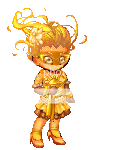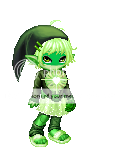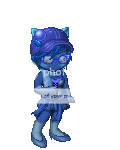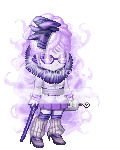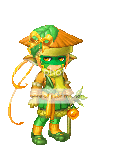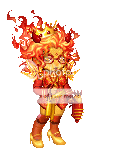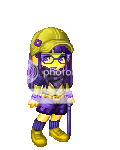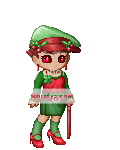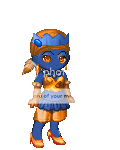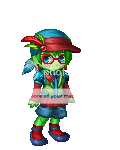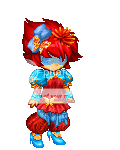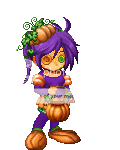Color Wheel
Post One: Introduction
Post One: Introduction
The Color Wheel and Your Avatar
• • • • This thread provides a basic introduction to the color wheel and some associated terms. Suggestions are given on how to use the color wheel to choose the color scheme for your outfit.
These suggestions can apply to all styles, not just matching. You can make an awesome amorphous blob, themed, realistic...
You wouldn't use these suggestions for a cosplay since you want to make the cosplay look exactly like an existing character. Other than that, run with it. :}
Big note: You don't have to follow this advice when picking colors for your avatars. Avatars can still look awesome, even if the color palette does not follow this advice. As long as you spread the colors evenly around your matching avatar, you'll be fine.
These tips are provided for those who are interested. Not interested? Then don't worry about it. =)
The examples are nowhere near perfect. It's not easy to find Gaia items the exact same shades/tints on the color wheel and make matching avatars with them. They at least get the gist across.
§► Index
Post One: Introduction
Post Two: The Color Wheel
Post Three: Hue and Values
Post Four: Color Theme: Monochromatic
Post Five: Color Theme: Analogous Colors
Post Six: Color Theme: Complementary Colors
Post Seven: Color Theme: Split Complementary Color Scheme
Post Eight: Color Theme: Triadic Colors





